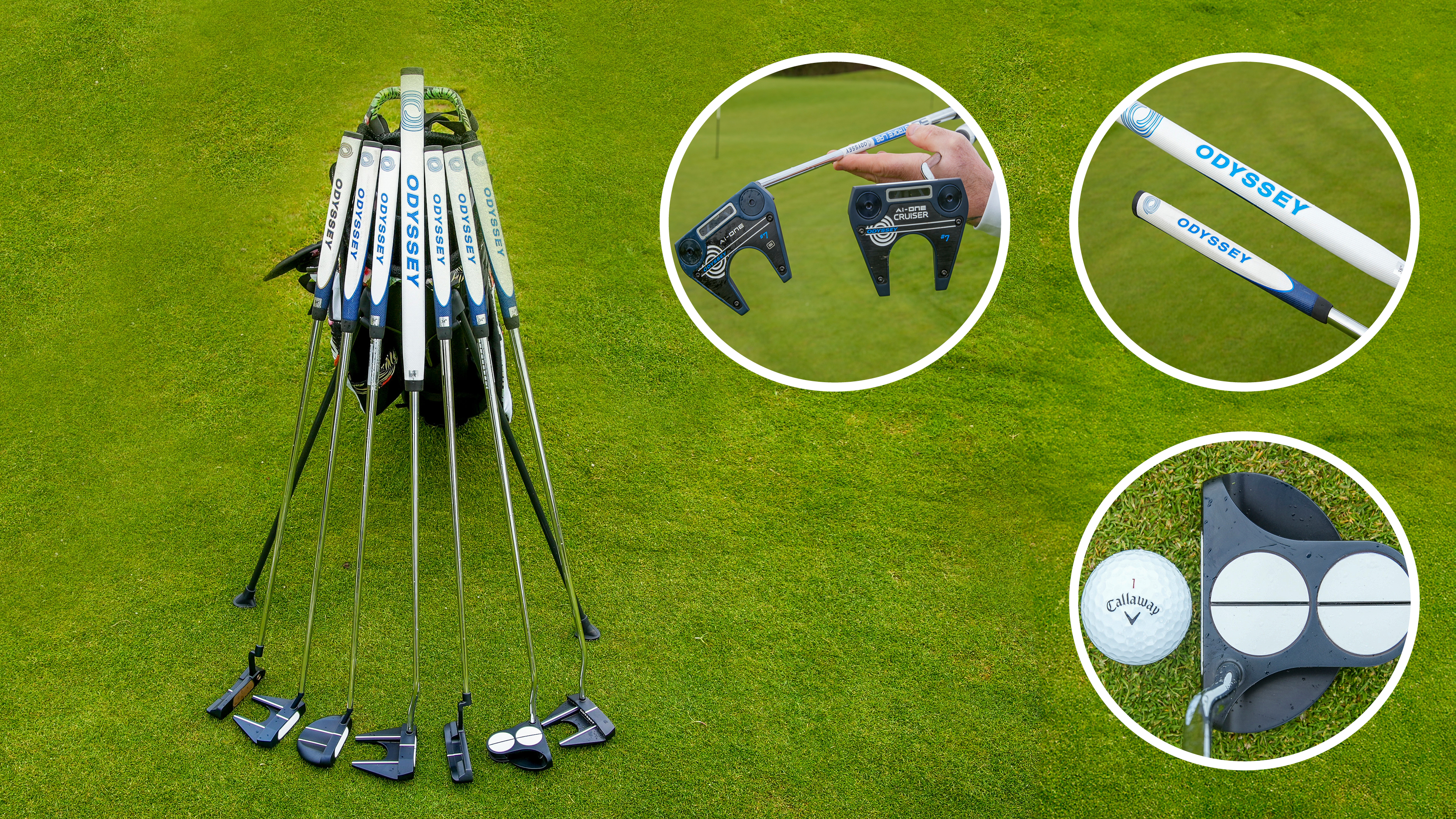
We all know that putting is one of the most important areas of the game for your score, but I still see loads of people making really avoidable mistakes when buying a new putter. We’ve partnered up with Odyssey Golf for this article and they have supplied us with some stunning-looking models from their Ai-ONE range, so let’s take a look and see if we can help you make some better choices.
1. Not considering your ball of choice
Now this might seem like a strange one to start off with, but bear with me, I promise it is an important one. One of the key elements of putting is feel, and one of the key influences on that feel is the ball.
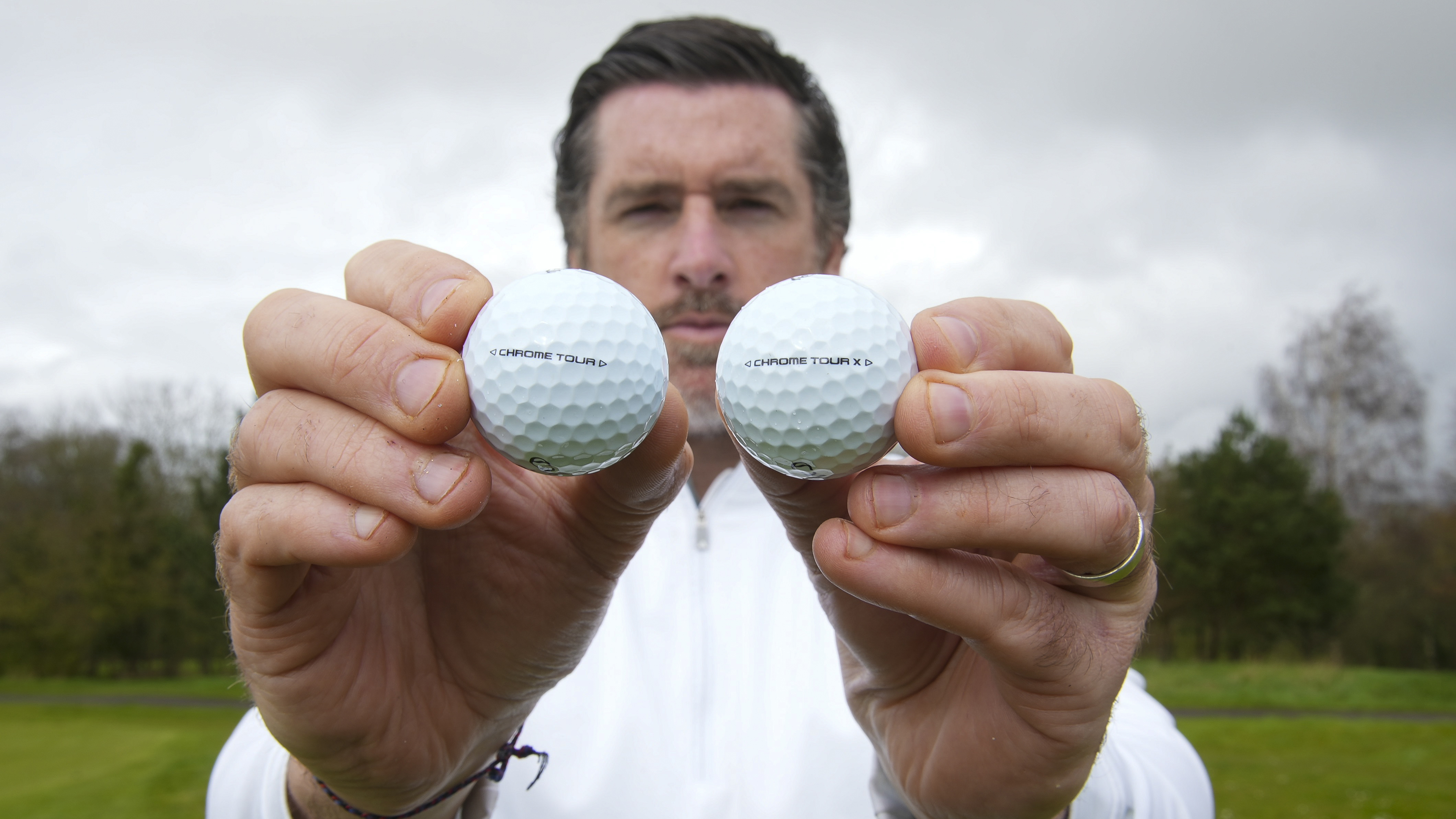
Let's just say for example, you have found a model you are keen on, you like everything about it, the looks, the ease of alignment, and the feel off the face are exactly what you are after, but you have been doing your testing or even your custom fitting with a Chrome Tour golf ball yet you play the Chrome Tour X? Well the feel is going to be very different when you take delivery of your new flat stick, and it’s not just the feel that can be compromised, it’s your pace control. Different balls can come off the face at different speeds so make sure that you are considering your ball when making your putter choice. Furthermore, none of us are perfect, so checking you are happy with the feel of your potential putter on off-center strikes is also very important and the new multi-material Ai-ONE insert from Odyssey can help with this. It is uniquely contoured on the back to minimize ball speed loss from mis-hit putts while also retaining a more responsive feel. Most 'standard' inserts are designed with a uniform depth or thickness, and Odyssey's testing shows that the forgiving Ai-ONE insert facilitates poorly struck putts getting on average 21% closer to the hole.
2. Not understanding toe hang
You have probably heard of the concept of toe hang right? For those that haven’t, it is simply a measure of the orientation of the head when held unaided horizontally. For example, a putter that came to rest with the face pointing directly at the sky would be considered face-balanced, whereas others that sit with the toe pointing downwards have toe-hang of varying degrees. But do you know what style of stroke these different flows suit and more importantly, do you know what type of stroke you have?
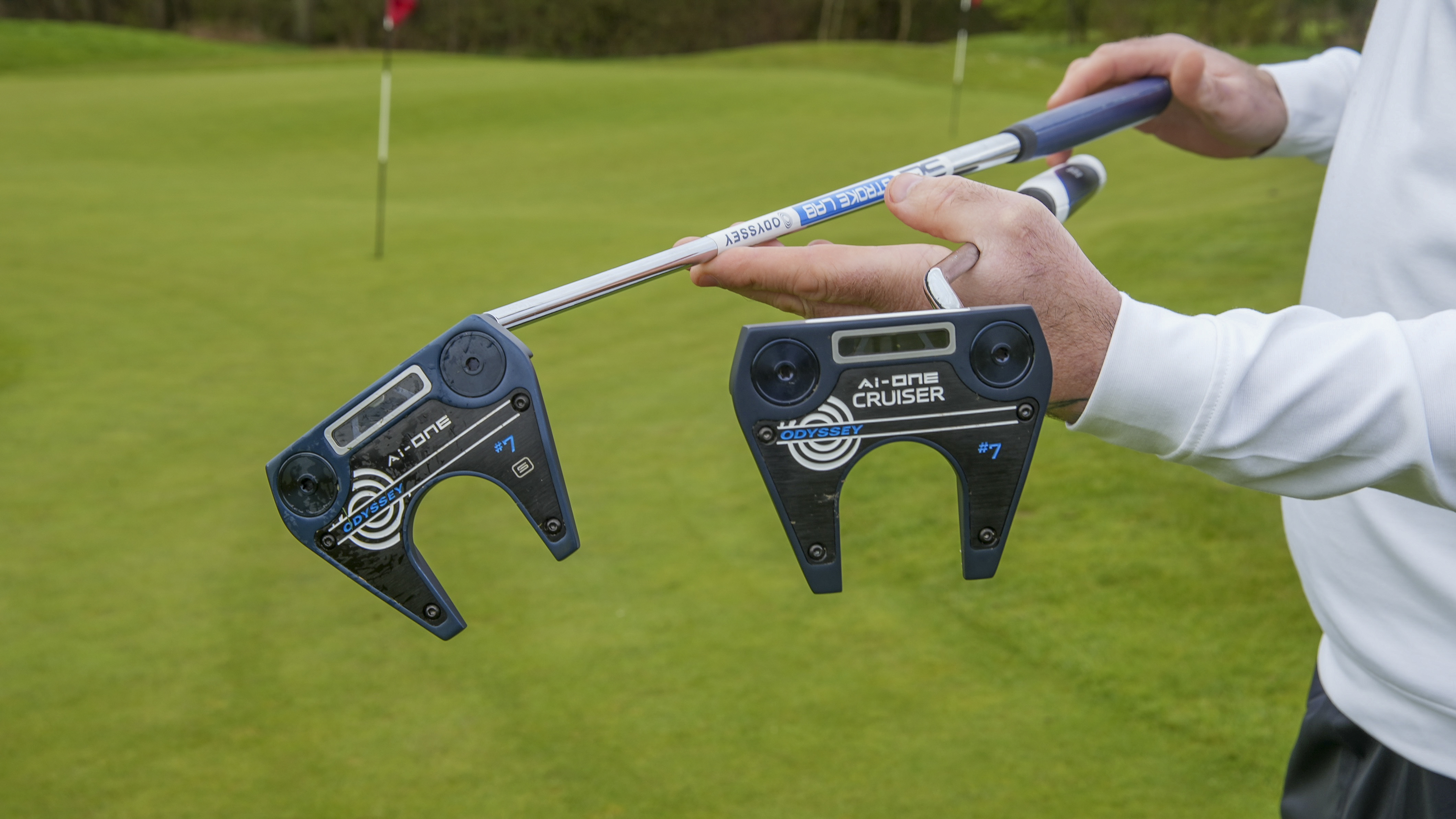
Face-balanced putters don’t want to rotate as freely during the stroke and tend to suit more square-to-square style strokes with minimal arc. On the other end of the spectrum, heavier toe hang putters rotate more freely and will generally suit players with a more pronounced arc to their putting stroke.
But how do you figure out where you sit on that spectrum? Well, the easiest way is to book a custom fitting with an experienced fitter who will be able to use technology such as Capto, SAM putt lab, or a Foresight Sports GCQuad to precisely measure your stroke characteristics. If that isn’t an option for you, you can always ask a friend to video your stroke from above in slow motion, using an alignment stick as a straight line, and this should give you a good idea of how much arc and face rotation you have in your stroke. It’s not perfect, but it can give you some idea of where to start looking.
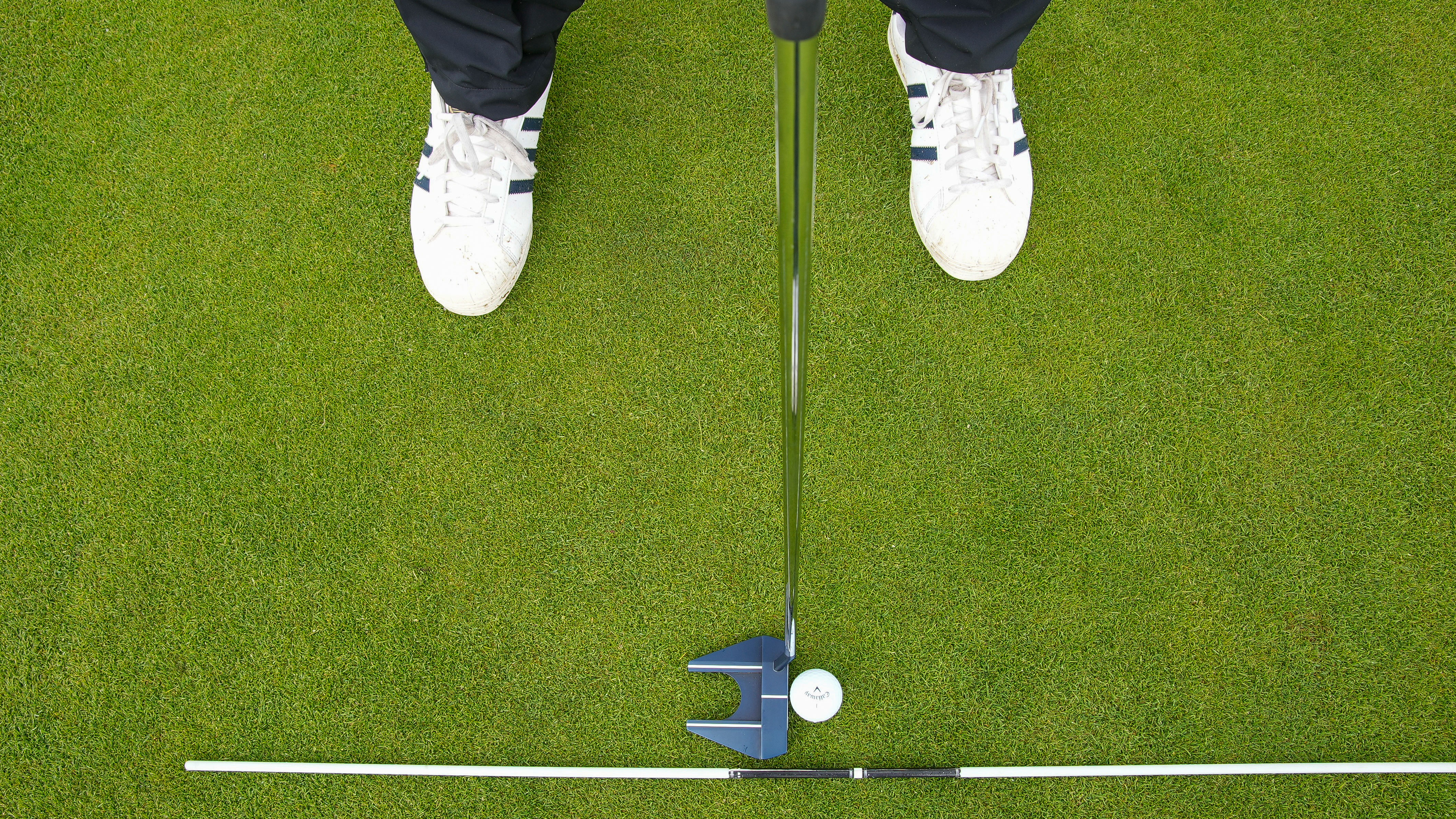
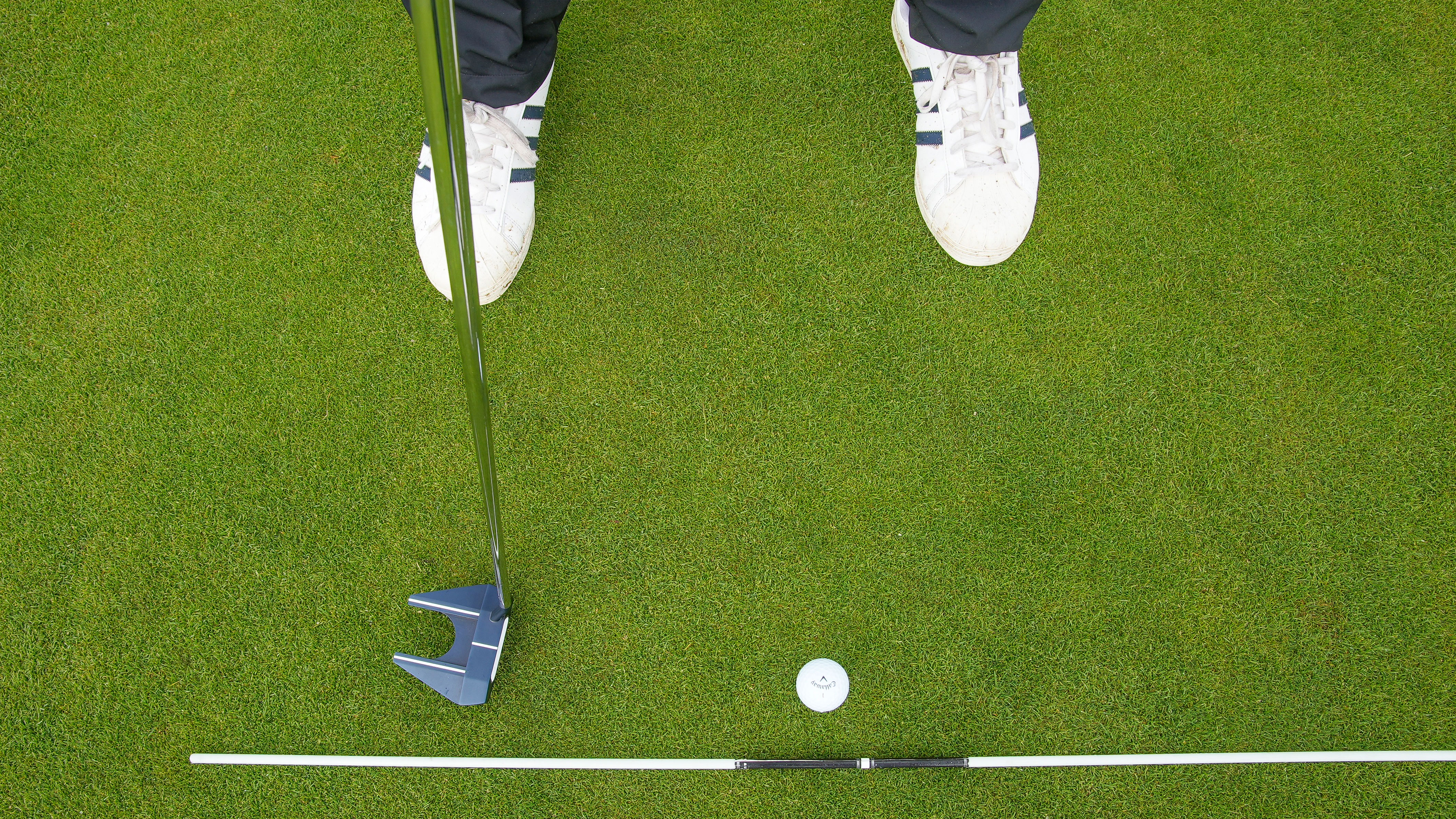
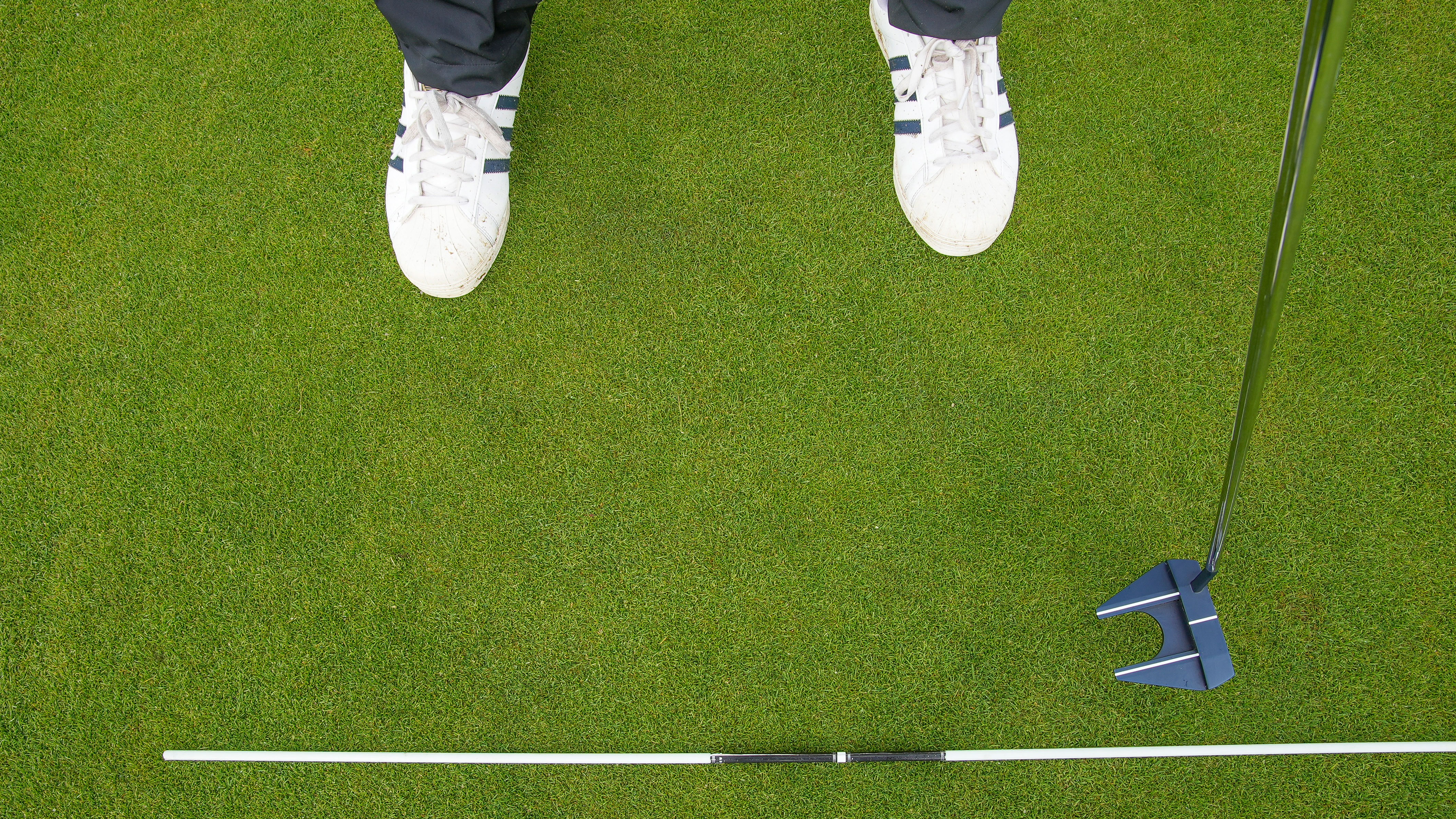
3. Forgetting about the shaft
The shaft is one of the most under-thought-about areas of putter selection. We can spend ages procrastinating over which profile, flex, and bend point we need in our drivers, but I would wager that many of us haven’t even considered the shaft in our putter.
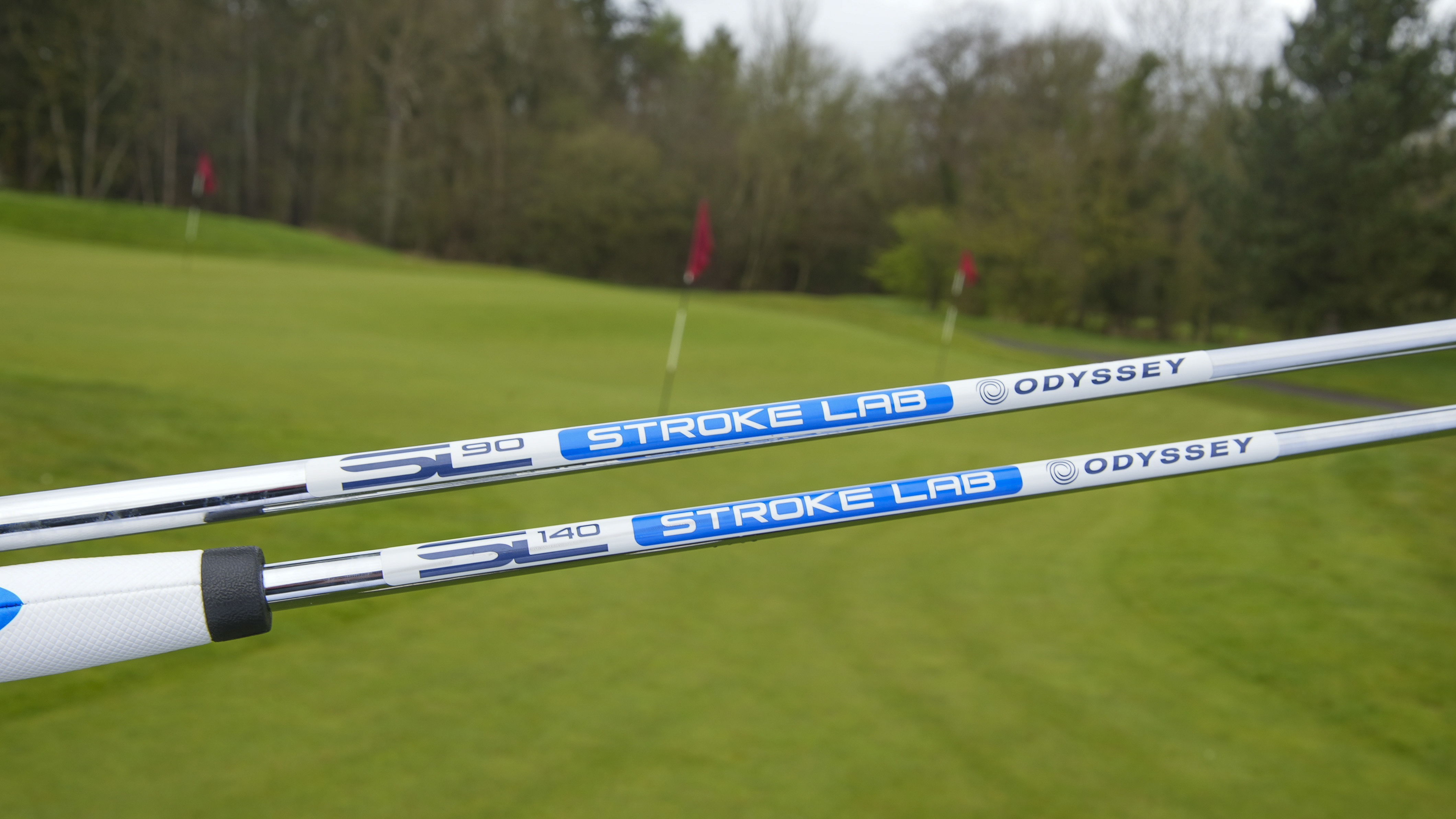
Well in recent years, companies have been putting more and more research into this and now offer putter shafts in a multitude of flexes and material compositions. Odyssey for example has the SL 90 shaft in most of the Ai-ONE models, which is a lightweight steel shaft featuring 20-30 grams of counterbalancing depending on the weight of the head model it's going into.
Some specialist shaft companies offer graphite putters shafts of varying weights and flexes to suit different stroke types. The shaft is the vessel that transmits impact feel to the hands so there is a real opportunity to fine-tune the sensation you are looking for by selecting the correct one.
4. Underestimating the importance of the grip
As the only point of contact with the club, the grip is another vital component to get right. Nowadays there is just about every thickness, shape, weight, and texture you could imagine, so getting the right one for you can be a confusing process.
It’s not just comfort and feel that are important here - although that’s obviously a consideration - the right putter grip can actually influence your performance and I will give you a couple of examples. Firstly, many people have found going to a thicker putting grip can be helpful in terms of minimizing the hands' abilities to influence the club face, and have found it particularly useful on the shorter putts. However, some people have found that they lose some feel on the longer putts so there can be a trade-off.
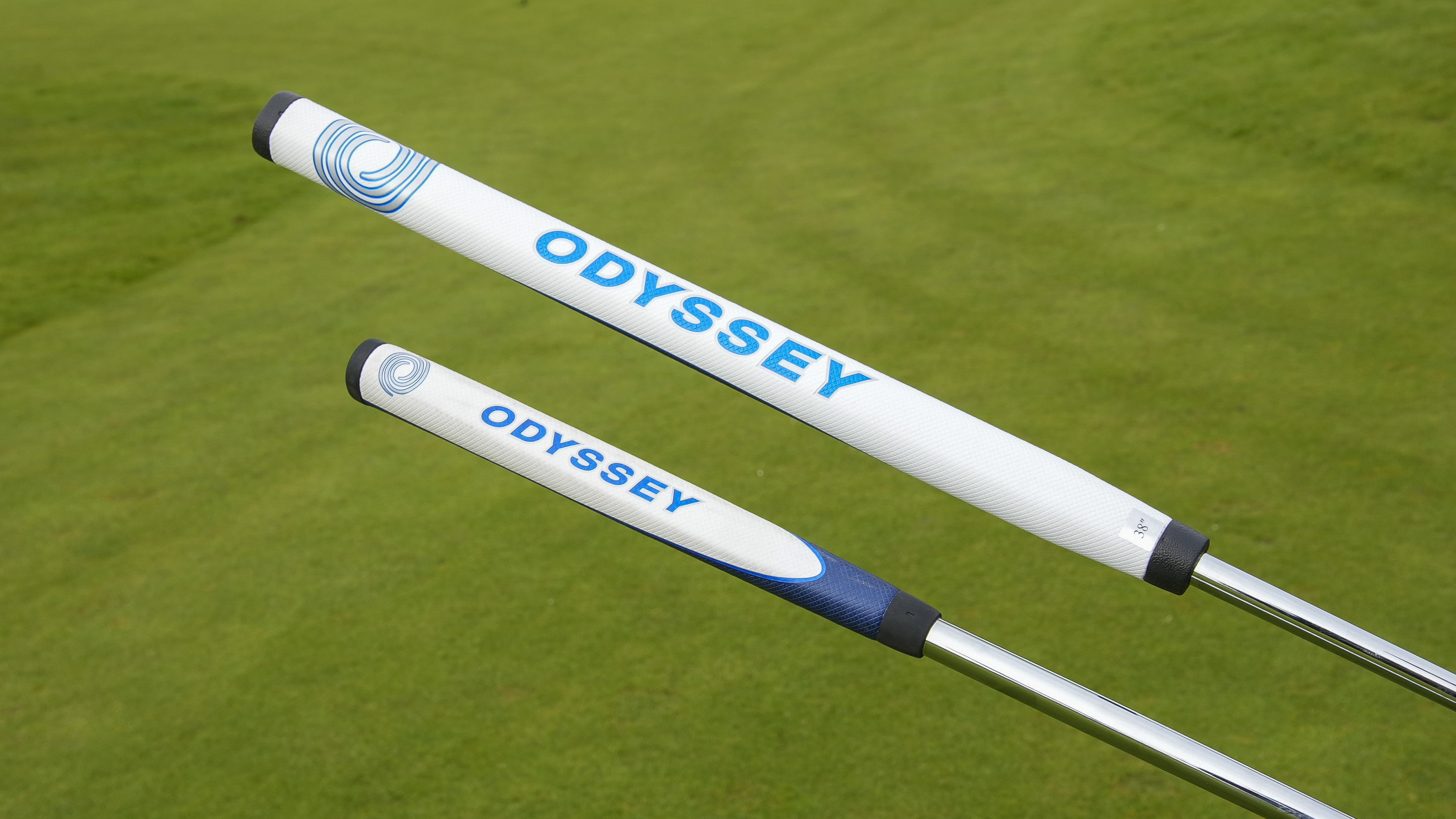
Grip weight also has a huge influence on the feel of a putter and as such the performance. With grips ranging from 50 grams to well over 100 grams, this certainly needs to be considered. A light grip will actually increase the swing weight of the club as the balance of the mass moves further down toward the head and vice versa. Once again a good fitter will be able to guide you through this process.
5. Not considering ‘non-standard’ designs
Just pay attention the next time you switch on the PGA Tour coverage, and you will see there is most certainly not just one way to putt nowadays. For every player using a conventional style putter, you will now see at least as many utilizing other varieties such as broom handle (Adam Scott, Lucas Glover , Will Zalatoris), Armlock (Matt Kuchar), and counterbalance style putters, such as the Ai-ONE Cruiser models from Odyssey.
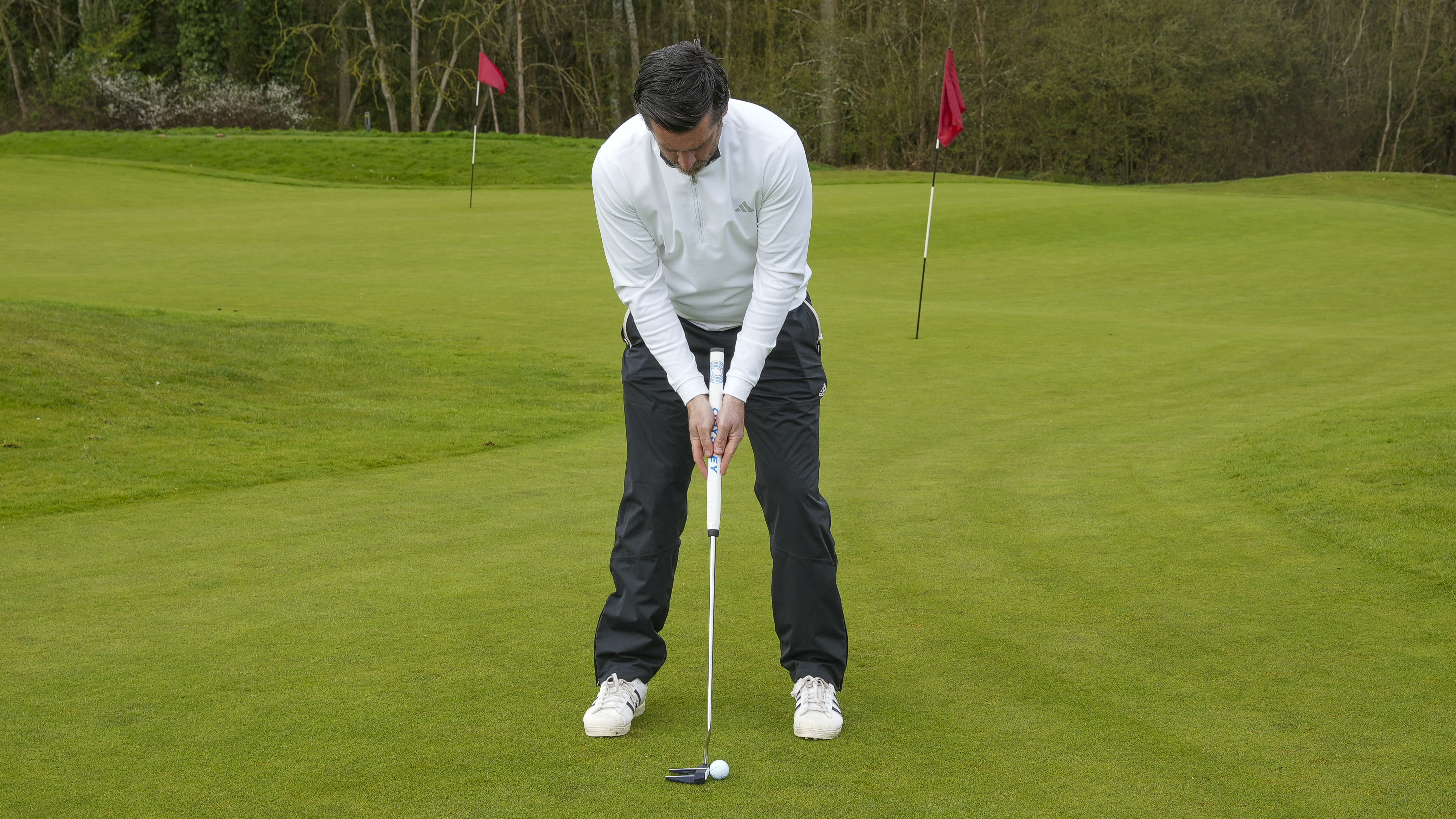
And what’s different about a Cruiser? Well, to start with it’s longer than a conventional putter, it has a heavier shaft and a much heavier head. It’s also fitted with a longer 17-inch grip and when you swing these putters, it feels like the very unique weighting is doing all of the swinging for you rather than you needing to put the effort in.
Looking at non-conventional methods has revived the careers of Lucas Glover, Will Zalatoris, Rickie Fowler, and Wyndham Clark to name just a few. So surely you’d be foolish not to at least consider or try some alternatives?
6. Picking the wrong alignment cue
I once heard someone say, that you can have the best gun ever made, but if you don’t point it at your target then you aren’t ever going to hit anything and the same could be said for putters. You can spend hours grooving the most textbook-perfect stroke imaginable, but if you don’t have a putter you can line up consistently well, then you simply aren’t going to hole any putts.
With that in mind, it is crucial that you have a putter with the right alignment cues, and what do I mean by alignment cues? Well if you take a look around any pro shop, you will see numerous different options on the crown of the putters. Some will be blank, others will have a dot, single lines, multiple lines and some will even have golf ball-sized circles like the Odyssey Ai-ONE 2ball. The point is that everyone’s eyes are different and will respond better to certain types of shapes in terms of alignment, so companies like Odyssey provide a multitude of options.
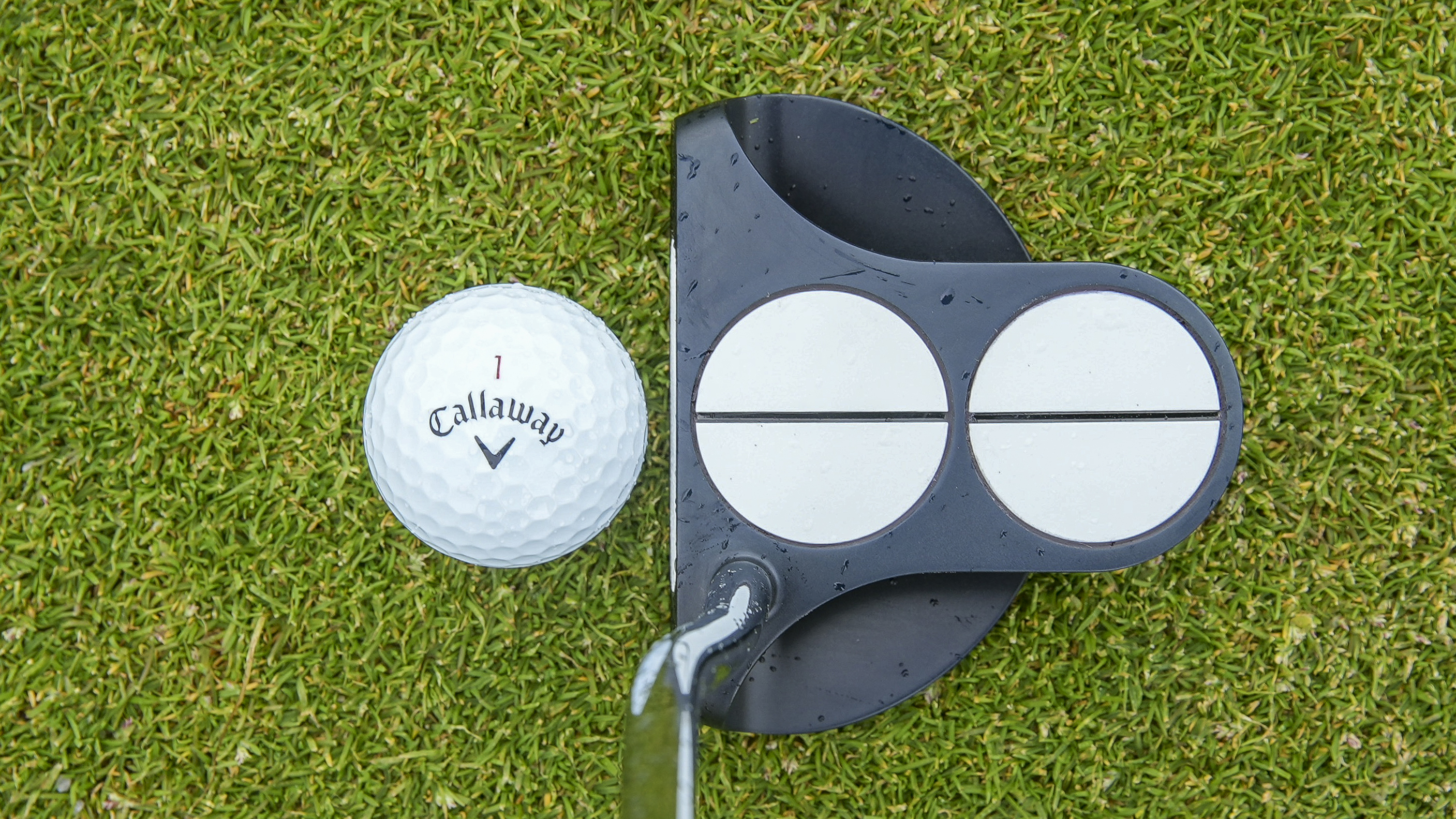
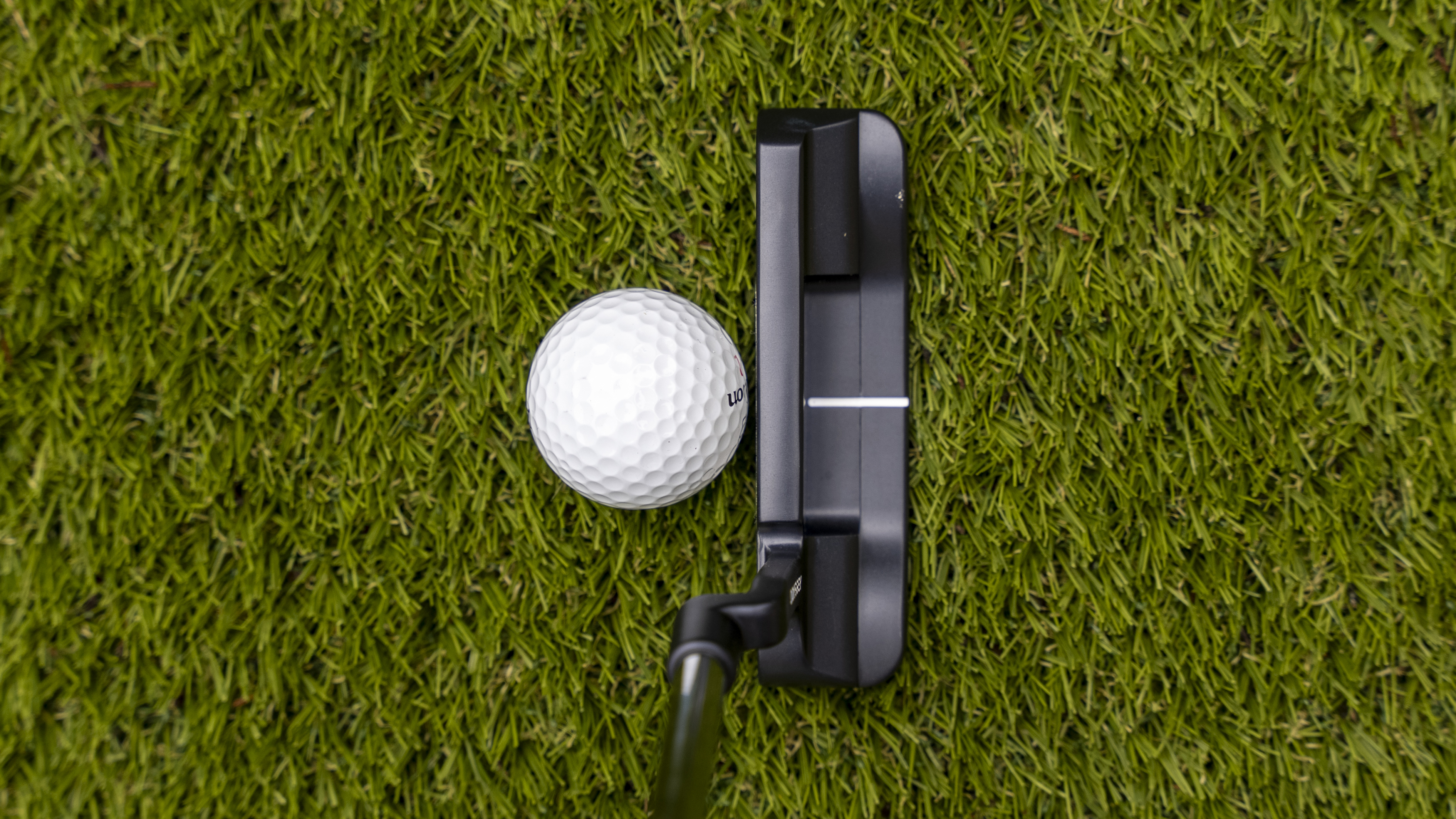
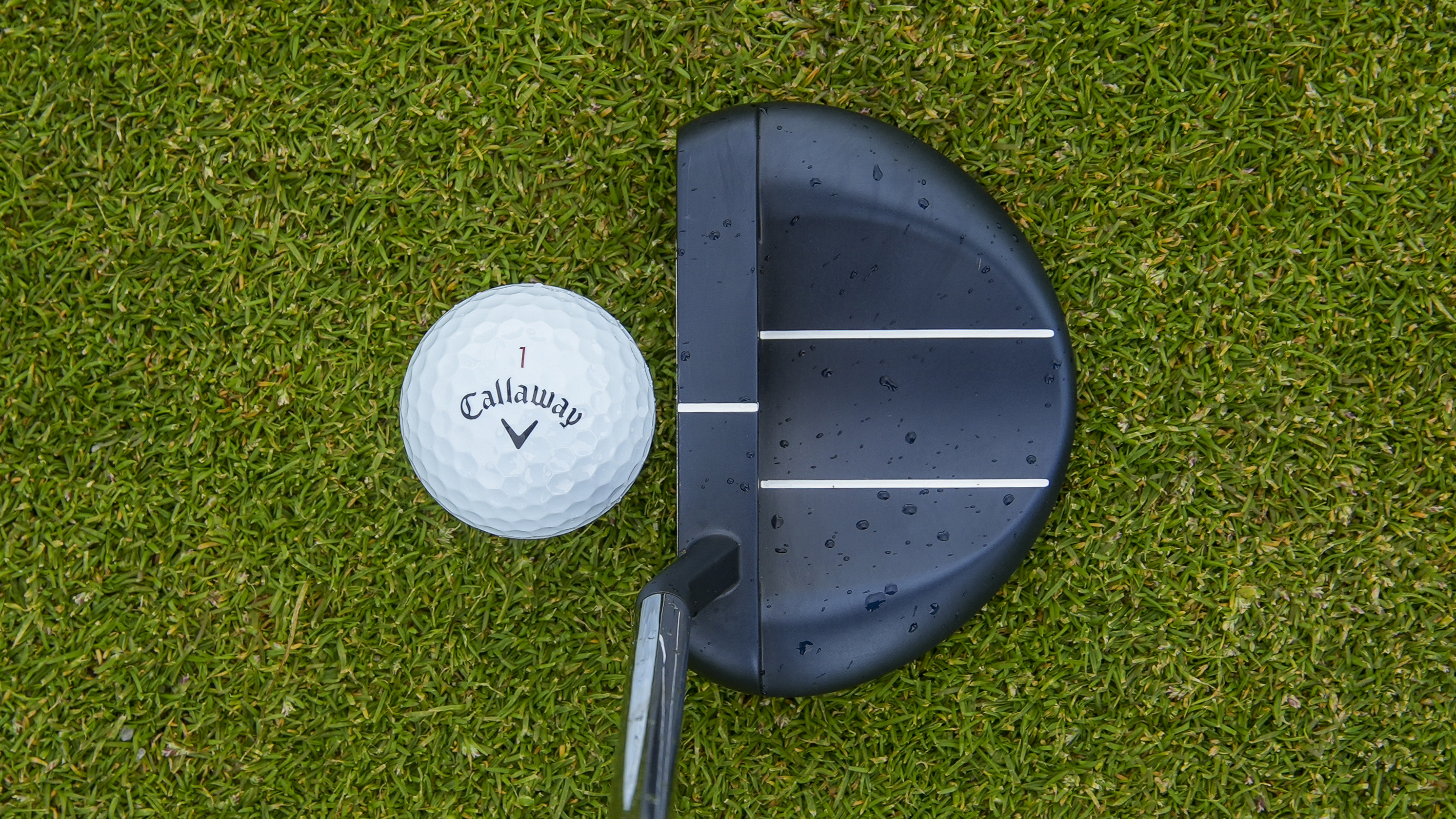
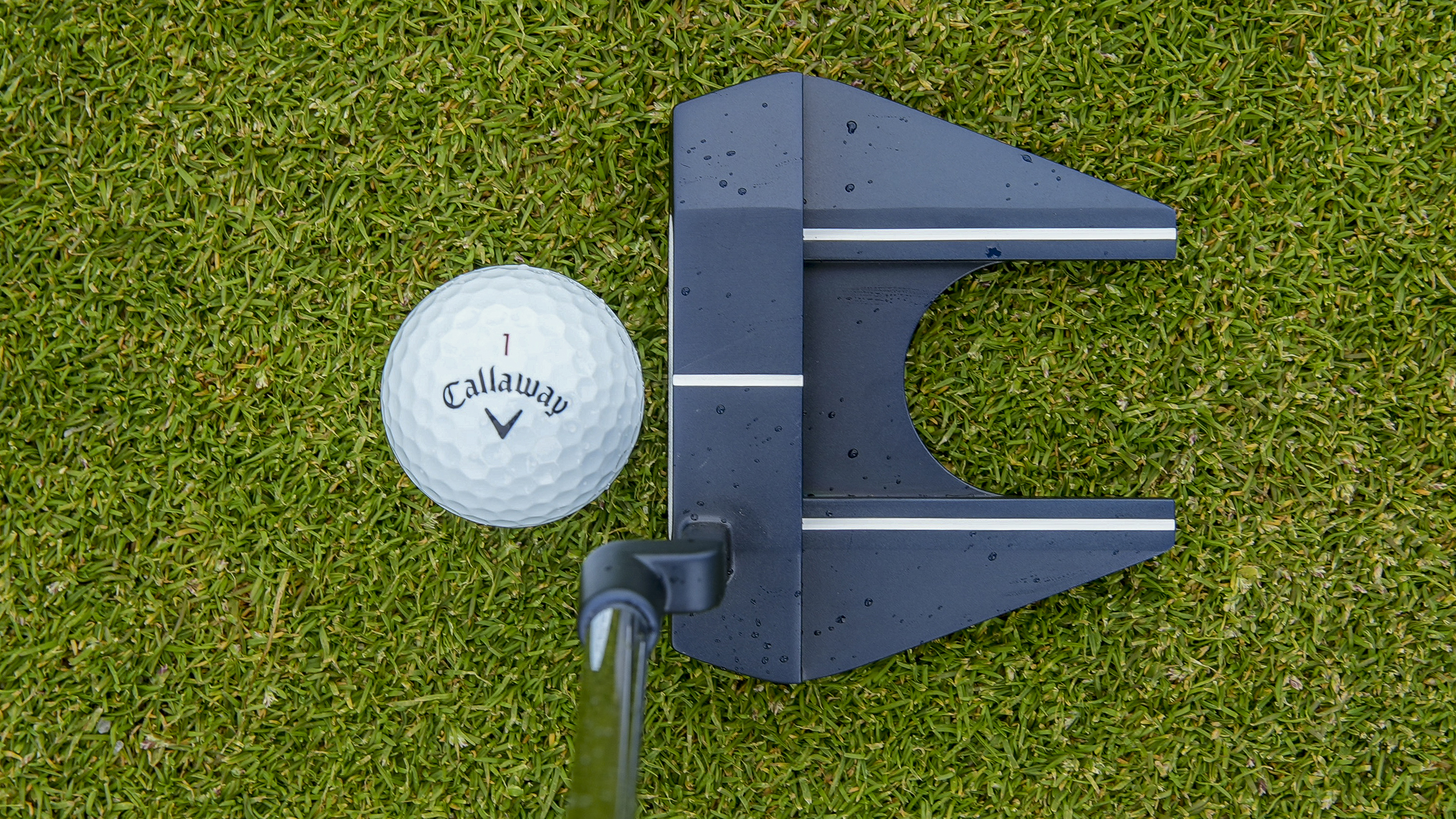
So how do you find out what suits your eye the best? Well, the most effective way is by using a laser in a custom fitting. A good fitter will ask you to line up putts of varying lengths, using various alignment cues, and ask when you are happy that you are lined up correctly. They will then place a laser on the face of the putter at right angles to see how close you are aiming to your intended target. This will give a great indication of which alignment cues might work best for you.







